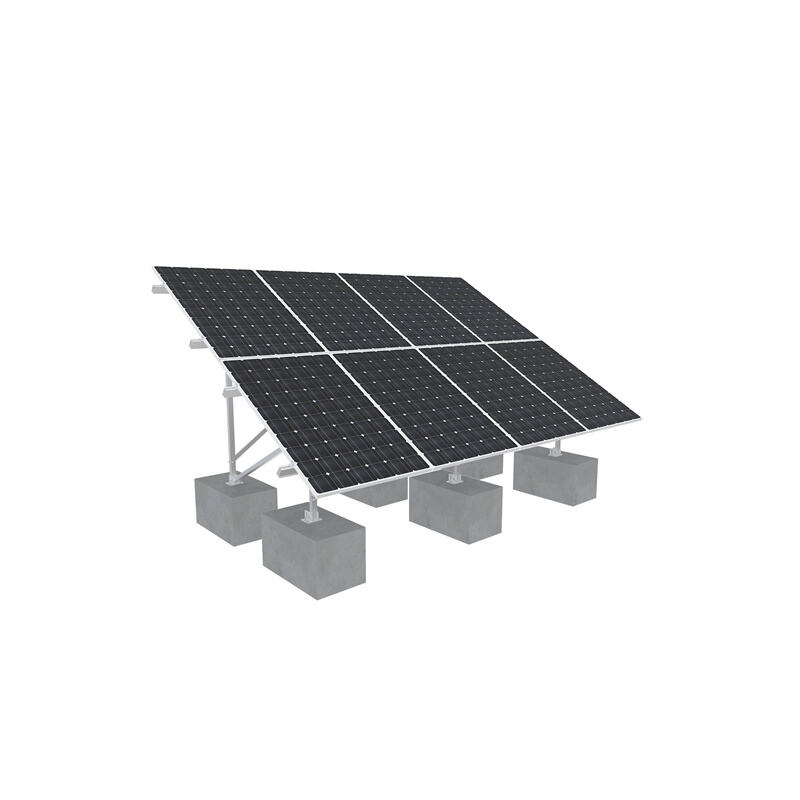Wenn wir an Solarenergie denken, denken wir oft an Solarpanele auf Dächern, die Strom erzeugen. Aber wie werden diese Module eigentlich am Dach befestigt?
Es ist entscheidend, Solarpanele richtig zu installieren. Dadurch bleiben die Panele an ihrem Platz, sind sicher und befinden sich in der richtigen Position, um die Sonne aufzufangen. Wenn Sie Solarpanele richtig installieren, können sie mehr Elektrizität produzieren, länger halten und Ihnen helfen, Geld zu sparen!
Dachhalterungen sind am häufigsten zu finden, da sie im Allgemeinen günstiger sind und weniger Platz beanspruchen. Sie werden direkt in das Dach geschraubt. Bodenhalterungen eignen sich ideal für Häuser mit großen Gärten oder für Unternehmen mit viel Platz. Diese Gestelle werden auf dem Boden montiert anstatt auf dem Dach und können so positioniert werden, dass sie der Sonne am besten ausgesetzt sind.
Eine weitere Option für Solarpanele sind Pfostenmontagen, insbesondere, wenn Sie nicht viel Platz auf dem Dach oder auf dem Boden haben. Diese Montagen werden an einem im Boden verankerten Pfosten befestigt. Pfostenmontagen sind in verschiedenen Größen erhältlich, aber auch verstellbar und können so eingestellt werden, dass sie den ganzen Tag lang der Sonne folgen.

Vorteile eines einstellbaren Solarpanelhalterystems Es gibt mehrere Gründe, warum einstellbare Halterungen eine großartige Option für Ihre Solarpanele sind. Sie ermöglichen es Ihnen, den Winkel der Panele während des Tages anzupassen, um die Menge an Sonnenlicht zu maximieren. Dadurch können Ihre Solarpanele effektiver arbeiten und Ihnen über 25 Jahre hinweg Geld bei den Stromrechnungen sparen.

Beim Auswählen des richtigen Montagesystems für Ihre Solarpanele gibt es einige Dinge zu beachten. Erstens müssen Sie wissen, welchen Dachtyp Sie haben. Wenn Ihr Dach zum Beispiel flach ist, benötigen Sie eine andere Art von Befestigung als bei einem geneigten Dach. Überlegen Sie sich auch, wie viel Platz Sie für die Installation der Module zur Verfügung haben. Bodenmontagen sind vorzuziehen, wenn Sie einen großen Bereich haben, und Dachbefestigungen eignen sich gut für kleinere Räume.

Tipps zur Installation von Solarpanelen auf verschiedenen Dachtypen, wie dem Stellen sicher, dass das Dach stark genug ist, um das Gewicht der Module zu tragen. Alle Öffnungen, die während des Installationsprozesses entstehen, sollten abgedichtet werden, um Wasserbeschädigungen und Leckagen zu verhindern.